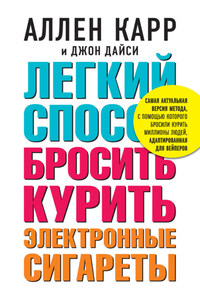Many are the difficulties that beset the person equipped for the first time with a spade, a packet of seeds, and a plot of soil. “How deep must I plant them?” “Do they need watering?” “What will they look like when they come up?” These are only a few of the questions that dismay the novice.
The experienced gardener in war-time is in little better position. He knows the way he has always gone about his tasks, he knows when to put his seeds in and what to do with the seedlings when they appear. But now he ought to ask himself: “ Is my garden yielding as much per square foot as it should do ? ” “ Am I getting the best possible results in the shortest time or could I perhaps do better if I changed my methods ? ” In addition, he has two very big problems—what to use for manures now that many kinds are unobtainable, and how to curtail waste which was previously unimportant but now is criminal.
Answers to all these questions could be discovered eventually by experiment—the process of trial and error. But at a time of national emergency there is neither leisure nor material for this method. The necessary information has to be acquired quickly and with the minimum of effort. Make Your Garden Feed You has been written to meet this need.
The book is severely practical. The author takes a plot of ground—90 feet by 60 feet—and shows exactly how it must be arranged and treated to make it yield the maximum amount of food for the minimum expenditure of money and labour. He explains why it is economical to keep fowls, rabbits, and bees, in addition to growing vegetables and fruit, and he gives sound advice on how to overcome the war-time difficulties of manuring the ground and feeding the livestock.
The best way to use this book is to read it straight through as far as the end of the section on vegetable growing, and to spend half an hour or so absorbing the details of the plan shown on pages 2 and 3. The next step is to adapt the author’s arrangement to suit your own garden or allotment. You may have to leave out the fruit trees or decide bee-keeping is unsuitable in your neighbourhood. But the main features of the scheme—especially the inclusion of three vegetable plots—can be kept for any garden, whatever its size or special peculiarities. If you only have room for one or two rows of vegetables you can plan to grow different crops from one year to the next.
CHOOSE WHAT YOU WANT FROM THE CONTENTS LIST
When you have fixed the layout for your own garden and have the preliminary details worked out, then look at the contents list on page v. This shows the range of subjects covered by the book and all you need to do is to turn to the page where your special problems are solved. How deep to dig the ground, how much seed to buy, when to put it in, when and how to transplant the seedlings—the answers to all such questions can be found immediately. Some difficulties, however, are not easy to clear up in words; the distinction, for example, between a useful plant and a dangerous weed requires an object lesson rather than an explanation. These obstacles, therefore, are removed by a number of very clear illustrations which will be of use and interest to beginner and veteran alike.








